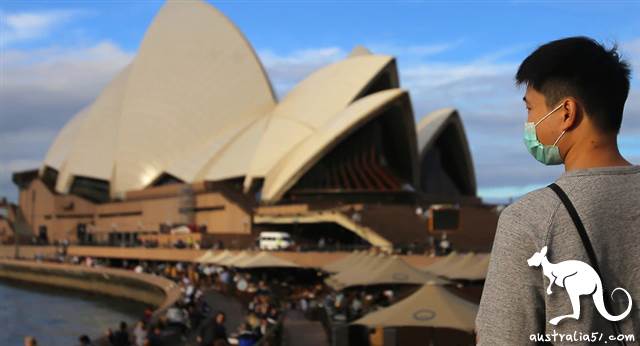
As economic stagnated, the global crown crisis triggered as expected the worst recession since the Great Depression. Under such a grim situation, the International Monetary Fund (IMF) tracking of key economic response policies shows that Australia's fiscal response is among the highest among developed countries.
Australia's new-crown subsidies account for less of its gross domestic product (GDP) than the u.s., canada and japan, but still outperform some countries in western europe and china.
Experts point out that Australia's epidemic response shows that in terms of the number of new crown cases, the country is less affected by virus than many other developed countries. However, Australia's failure to include some vulnerable groups in welfare programmes is a "bad idea ".
Mr. Cook (Danielle Cook), president of the independent Think Tank's Gratan Institute (Grattan Institute), said in an interview with SBS that while Australia's epidemic welfare response was "carefully designed ", there were" missteps "because some vulnerable communities were excluded. For example, temporary visa holders and temporary workers are not eligible for subsidies, which is quite different from some other developed countries, such as New Zealand.
Cook, citing New Zealand's epidemic subsidy policy, said :" Their (New Zealand) business output suffered a more severe impact during the blockade... However, the impact on work and employment is relatively small. A major reason, the study found, is that their (New Zealand) salary subsidy schemes cover a wider range of other groups. Australia's failure to include it was a big mistake. "
But ms cook points out that australia's welfare programs also have a positive effect: they provide salary subsidies when people are still employed, rather than waiting for people to find a job. She also spoke highly of the unity of the plan.
Quarkin (John Quiggin), a economics professor at the University of Queensland (University of Queensland), told SBS, although Australia's initial response was largely correct, there were exceptions. In some cases, they are trying to address the problem of temporary workers, which reflects the fundamental problem of "temporaryization" of the labour force.
Quechin also criticized the timing of the government's cut in the search allowance. This initiative will take effect from 25 September.
"Obviously, we need more fiscal stimulus, which is not really relevant to the reason that the unemployed are not looking for a job... A government long-term strategy is needed before we begin to cut the search allowance, which would ideally be a commitment. Moreover government a higher and less punitive welfare measure should be proposed than a search allowance or a new starting point (Newstart) allowance. "
Cook also suggested that Australia could come up with proposals to reform our welfare system. For example, new employee subsidies should be stable at higher levels than before the epidemic. "This may not be as much as the new crown subsidy, but I think it's at least A $100 more per week than we' re. "
So is Australia's welfare response superior to that of other major countries during the outbreak or is it lagging behind?
Japan :21.1 per cent
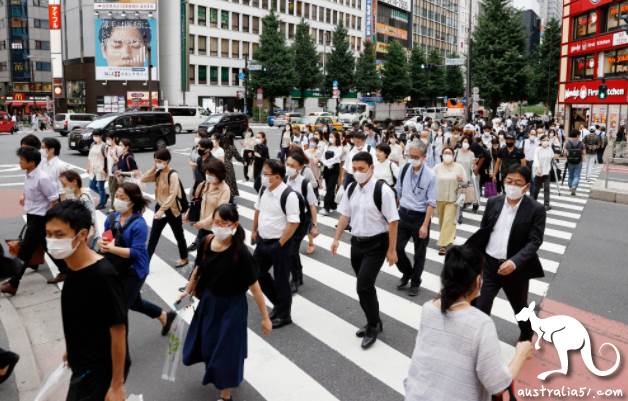
January 16, the first case of new crown landed in Japan. Former Prime Minister Shinzo Abe declared a state of emergency in seven districts of Tokyo, Saitama, Kanagawa, Chiba, Osaka, Hyogo and Fukuoka on April 7, and expanded to other parts of the country on April 16.
As the epidemic eased, Japan gradually lifted the state of emergency from May 14, May 25, the country officially out of the state of emergency.
As the world's third-largest economic, Japan was among the world's top welfare responders during the epidemic. On April 7, the Japanese government adopted an emergency economic relief program for the new crown epidemic. and the package cost 21.1% of japan's 2019 GDP.
On 27 May, Japan also promulgated a second round of assistance programmes of the same total amount in order to increase support for enterprises and families and to cover measures related to health.
New Zealand :19.5 per cent
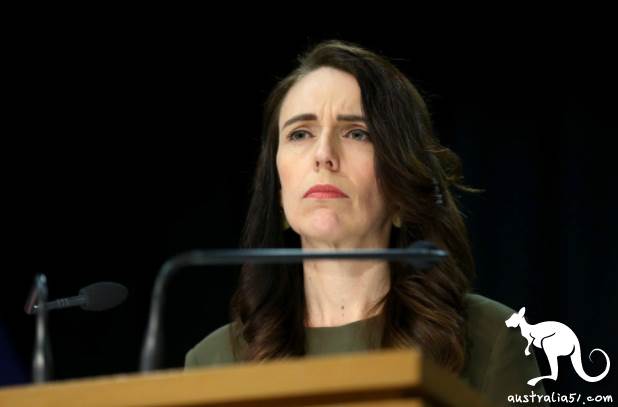
On 28 February, New Zealand reported its first new crown case. Late in March, Aden (Jacinda Ardern) found that the Coronavirus had spread locally, followed by a level 4 outbreak restriction.
Under the strict blockade, New Zealand once achieved more than 100 days of local transmission cases "zero new ", by global praise. But a second wave of outbreaks later brought New Zealand back into the blockade on August 12.
By the fiscal year 2023-24, the total cost of New Zealand's response to the epidemic was NZ $58.5 billion, or 19.5 percent of its GDP. Funds were used for health care, social spending aimed at protecting vulnerable groups, salary subsidies for employees severely affected by the epidemic, income relief for unemployed persons and subsidies for affected industries.
Canada :15 per cent
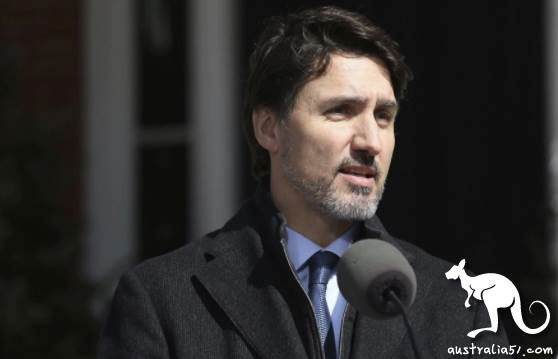
Canada's economic suffered a double blow from the new crown pandemic and the collapse in global oil prices.
Trudeau (Justin Trudeau) government has enacted subsidies worth about $317 billion, costing 15% of the country's GDP.
Among these are $212 billion in direct assistance to families and businesses ,$85 billion in liquidity support through deferred tax payments, and $20 billion allocated to the health system to upgrade new crown testing, vaccine research and development, and procurement of medical supplies.
United States :13 per cent
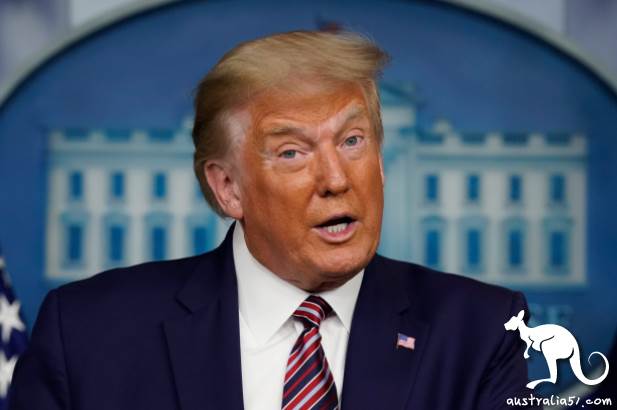
Ever since the first new crown case appeared in January, the United States has now become the world's confirmed and death country. And the bail-out promised by Trump (Donald Trump) government is among the largest in the world, in size and amount.
This includes US$44 billion for additional unemployment benefits and deferred payment of student loans; US$483 billion for the implementation of the "Compensation Protection and Improved Healthcare Services Act" ("Salary Protection Program and Health Care Enhancement Act"); the forecast is 2.3 Trillions of US for the implementation of the "New Coronavirus Aid, Relief and Economic Security Act"; "US$192 billion to implement the "Family Priority New Coronavirus Response Act"; "First Family Coronavirus Response Act"; US$83 billion US In response to the implementation of the "New Coronavirus Prevention and Response Supplementary Supplementary Act" (the "Coronavirus Prevention and Response Supplementary Appropriation Act").
At 13% of the U.S. GDP.
Australia :11.2 per cent
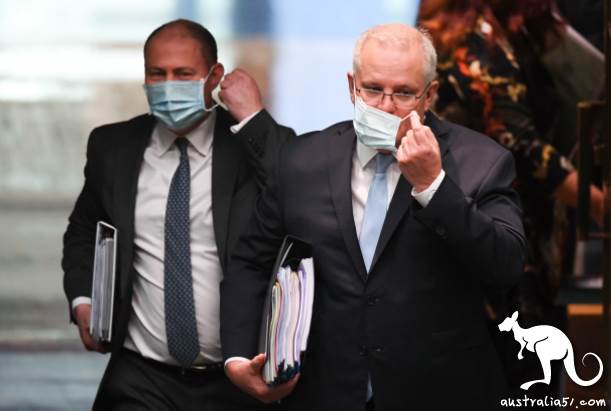
The Australian Federal authorities has set up a $18.09 billion revenue and expenditure measure, with a total allocation of 9.3 percent of the GDP by fiscal year 2023-24. Most of these initiatives will be implemented this fiscal year.
Salaried (JobKeeper) salary subsidy is the largest expenditure, accounting for 5.4% of its GDP.
The Australian state and territory government also issued fiscal stimulus plans, totaling A $36.9 billion, accounting for 1.9 percent of Australia's GDP. Among these are salary tax breaks for businesses, subsidies for families, and support for health spending and infrastructure schemes.
Germany :8.9 per cent
Germany has the most "generous" new crown subsidy scheme in Coronavirus ravaged western europe ".
The Federal government of Germany adopted two budget programmes in March and June, representing 4.9 per cent and 4 per cent of the GDP, respectively.
The bail-out package introduced in March involved securing medical equipment and hospital capacity, upgrading short-term jobs, improving child welfare, and making it easier for self-employed people to access basic income benefits.
Among the measures taken in June were temporary VAT exemptions, support for households and local government, and investment in green energy.
China :4.5 per cent
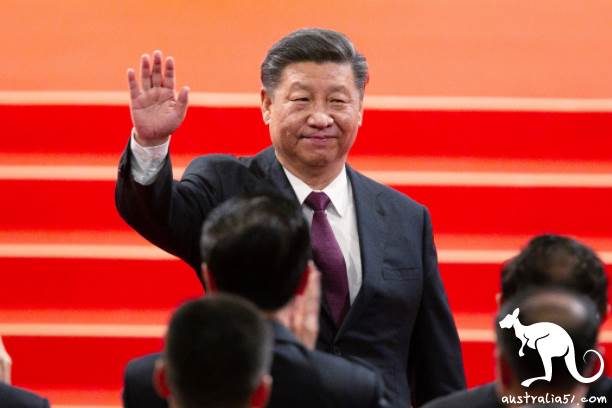
China, the world's first country to suffer Coronavirus attacks, has imposed strict restrictions since January.
Since the outbreak, China's authorities has issued bail-outs estimated at 460 million yuan, or about 4.5% of GDP.
Related funds are used for epidemic prevention and control, medical equipment production, unemployment insurance, exemption from social security fees and public investment.
United Kingdom :3.2 per cent
On March 11, the British government announced a £30 billion fiscal stimulus plan to ensure economic were immune to the epidemic.
Among these measures are £12 billion to support the response to the epidemic and £18 billion to maintain economic operation during the stock market crash.
New crown cases in Britain peaked in April and May, and then continued to decline. But in June and July, the slow opening, the epidemic showed a rebound.
Britain's government has imposed a series of restrictions since March 23, including social distance rules, travel restrictions, closure of businesses and improved new crown testing rates.

